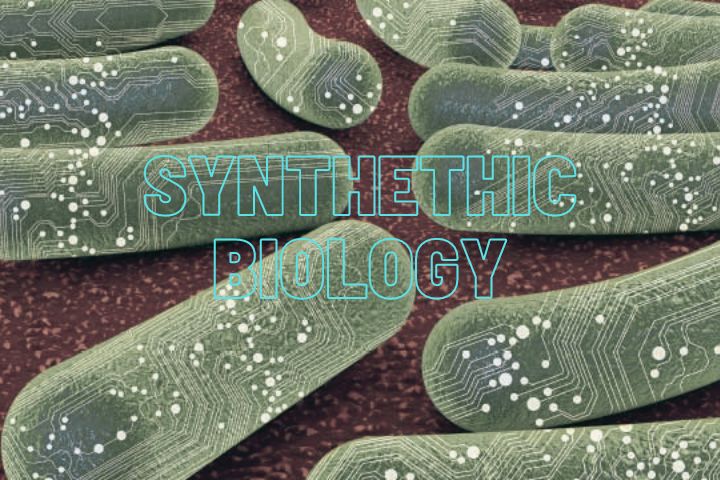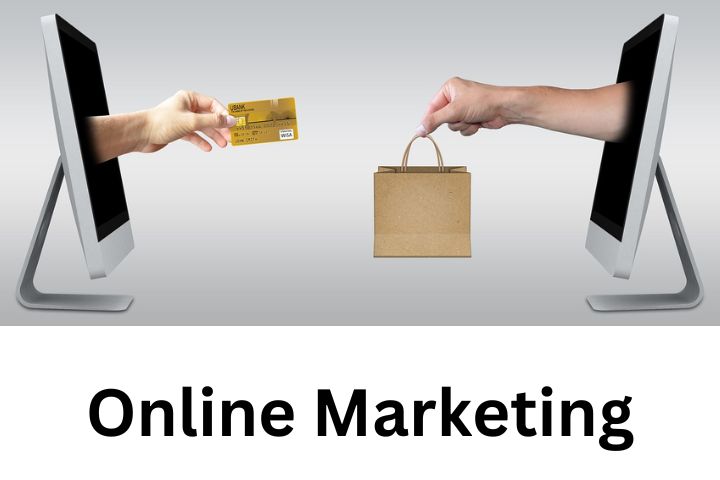
Synthetic biology wants to change life forms genetically and combine them in a completely new way. In the vision, nature becomes a mere wish factory, and man becomes the ruler of all its processes. Where are we today?
We cannot foresee the future, which is why new technologies’ risks and negative consequences are systematically underestimated in the early stages. This also includes synthetic biology, which has yet to be publicly discussed.
Synthetic biology aims to modify life forms genetically and reassemble or even reconstruct them. The idea is that, in principle, you can build a kind of mini-factory out of every bacterium, every microbe and every alga, which, fed with almost every form of biomass, produces everything possible (e.g. fuel, plastic, vanilla aroma, etc.), goes far beyond the classic methods of genetic engineering.
Such a vision includes a completely new mode of production and, thus, a different economy that ultimately turns nature into a dream factory and humans into rulers over nature and all its processes. The term “natural” becomes meaningless.
Such a world gets by with very few workers. Microbes and algae do the job. The “holy grail” of synthetic biology remains the large-scale production of next-generation biofuels.
Therefore, in recent years, the big carbon corporations and numerous international energy and chemical companies have poured billions into small and large start-up companies from the Silicon Valley invests.
The industry is dynamic, and resistance is growing.
Due to numerous technical problems (especially when increasing production), the industry has increasingly turned to other products in recent years, those with “high value” and “low volume”, such as flavourings and additives for the cosmetics industry.
So while until a few years ago, it was mainly bulk chemicals, bioplastics and biofuels that were on the market, in recent years, for example, synthetic vanilla flavouring from Evolva, artemisinin (an anti-malaria active ingredient) from Amyris or lauric acid (for use in soaps) from Added Solazyme.
The risks and problems associated with the research and application of synthetic biology are enormous and diverse. The medical application certainly requires separate considerations and should be left out here for now – even if it is a central field of current research.
Problem Areas
Related to the research and application of synthetic biology for the production of fuels, plastics, flavourings and other products in the context of the economy, the following problem areas are crucial:
Synthetic biology creates self-replicating organisms for release into the environment or uses in supposedly closed laboratories or factories. In both cases, the security risk is enormous.
The possible consequences of contamination with synthetically manufactured organisms or genetic material for humans and the environment are unforeseeable.
Products:
Products produced by synthetic biology (e.g. additives in food or cosmetics) do not currently have to be labelled; they are considered “natural”. The result is a massive deception of consumers.
And millions of people in the South will lose their livelihoods as synthetic vanilla or synthetic substitutes for coconut oil drive the related agricultural products off the market. For example, 25 million people in the Philippines are directly or indirectly dependent on the coconut industry.
Even synthetic biology cannot produce something out of nothing. The bacteria, algae and microbes need food. Up to now, this purpose has mainly been fulfilled by sugar. That is why many companies in the synbio sector also own large sugar cane plantations or refineries in Brazil, among other places.
Agri Products:
However, like other agricultural products, sugar is traded on the world market and obeys the price dictates of supply and demand. High demand for sugar leads to a price increase and ultimately to the fact that many previously used for food production are now used for sugar cane cultivation or forest areas are cleared.
So it remains to be seen whether the area balance for substitutes for palm kernel oil, for example, is positive. And even if it succeeds now
Those companies now investing heavily in research that aims to put synthetic biology at the service of the fossil industry are certainly aware of this. This trend is particularly remarkable since many synbio companies have explicitly presented themselves as an alternative to the fossil future.
On the one hand, it is about using methane from natural gas and oil production utilizing fracking as a substitute for sugar or other biomass. Such use would greatly increase the gas’s value, which would benefit corporations, given the low price of oil.
The critics will have powerful opponents.
On the other hand, it is about using synthetically produced microorganisms to exploit oil and gas reserves that are difficult to access. While the easily accessible oil reserves are running out, more and more so-called “residual oil” remains, which the companies are trying to exploit using various techniques.
These techniques go under the name “Enhanced Oil Recovery”. One such technique now gaining momentum is MORE (“Microbial Enhanced Hydrocarbon Recovery”). Microorganisms are “programmed” accordingly and pressed into the rock to wash out the oil there using certain chemicals they produce or to prepare it for extraction (and later also for transport).
More than 300 attempts are known. Companies like BP, Shell and Statoil are investing in this technology.The problem is that the companies secure patents that can ultimately be described as “patents on life”. Synthetic biology has so far been a largely unregulated field.
The companies that are almost exclusively based in this will benefit the most. The governments of these countries also represent the interests of these companies in international forums, for example, when negotiating bilateral free trade and investment agreements.
Interestingly, however, a small but decisive breakthrough was achieved at the Conference of the Parties to the United Nations Convention on Biological Diversity in South Korea in October 2014: the governments have undertaken to introduce regulations and, among other things, to examine the risks to food security, biodiversity and health.
To prevent this process initiated by civil society from degenerating into a farce, the critics of synthetic biology will have much work to do in the coming years. They face powerful opponents who will do anything to defend their power.
Disadvantages
While many protagonists of synthetic biology advertise on talk shows, in colourful brochures and on their websites that they can first design DNA as “bio-bricks” on the computer and then cut them apart and put them back together again and again like a kind of Lego, real science is developing biology in a different direction.
In recent years, genetics has taught us that, above all, we know that we do not know everything. DNA is far more complex than previously thought. Information acts across different genes and is entangled with one another.
People can only predict exactly what will happen if we snip it all apart and put it back together like a big construction kit.
But then why are so many companies and governments investing so much money? Large private foundations like the Bill & Melinda Gates Foundation, the Sloan Foundation, and the Gordon and Betty Moore Foundation invest large sums.
Could it be a financial bubble?
One can speculate about that. Much of the grand vision of a bio-economy based on human-controlled synthetic biology will certainly not be realized.
The noticeable disadvantages for food security, livelihoods, biodiversity and climate change can be seen in the products that are already being put on the market today.
They clarify that we should be open to what is being researched and tested in the context and the name of the economy.











